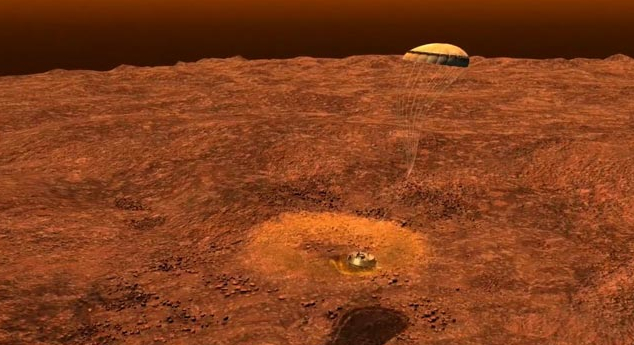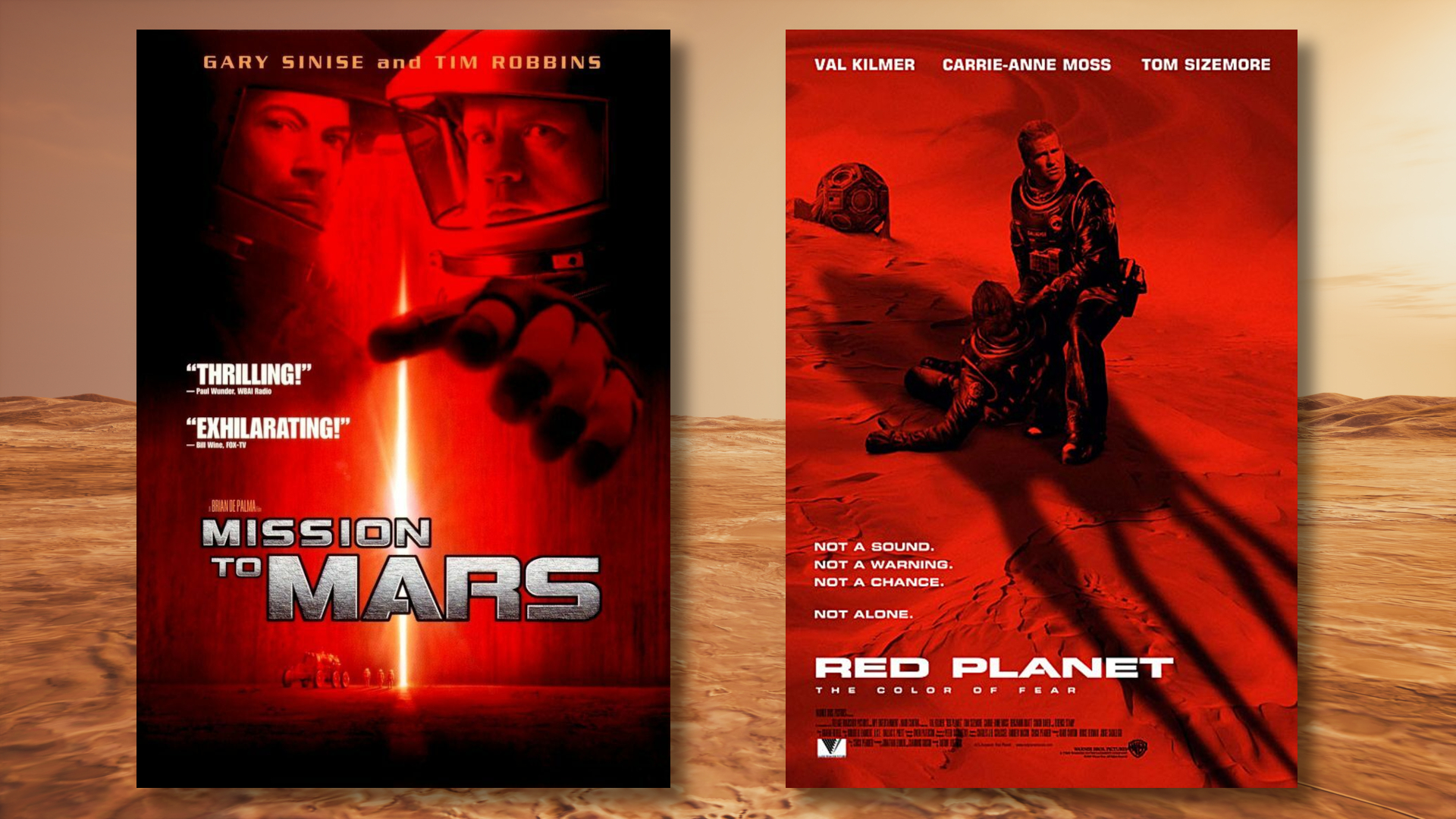
Eight years ago this week, a European mission went where no one, or probe, had gone before, Saturn's huge moon Titan, and a new video animation is recounting that historic landing by the Huygens spacecraft.
The European Space Agency's unmanned Huygens probe dropped onto the surface of Titan on Jan. 14, 2005, three weeks after separating from its parent Cassini spacecraft. The new animation, which was created by ESA using real Huygens data, captures the last portion of the lander's 2 1/2-hour descent through Titan's thick, nitrogen-based atmosphere.
The new Huygens landing video, which runs for 1 minute and 40 seconds, shows the touchdown from a variety of angles and ends with a real photo Huygens took of Titan's surface.
Though Huygens stopped sending data home to Earth 90 minutes after touching down, the landing continues to teach researchers about Titan.
An analysis of Huygens data published late last year, for example, determined that the 400-pound (181 kilograms) probe bounced, slid and wobbled to a stop 10 seconds after first contacting the moon. The study suggests that Titan's surface at the time had the consistency of soft, wet sand with a fragile crust on top, researchers said.
Titan is the largest moon of Saturn, and the second-largest moon in the entire solar system (only the Jupiter satellite Ganymede is bigger). With a diameter of 3,200 miles (5,150 kilometers), Titan is nearly 50 percent wider than Earth's moon.
Titan is the only object in the solar system besides Earth known to host stable bodies of liquid on its surface. But Titan's lakes and seas contain methane and ethane rather than water, as the huge moon has a weather cycle based on hydrocarbons.
Get the Space.com Newsletter
Breaking space news, the latest updates on rocket launches, skywatching events and more!
Complex carbon-containing molecules are known to swirl about in Titan's atmosphere, further intriguing scientists who regard the moon as one of the best places in the solar system to look for alien life.
The $3.2 billion Cassini-Huygens mission, a joint effort involving NASA, ESA and the Italian Space Agency, launched in 1997 and arrived at Saturn in 2004. While Huygens is now a feature of the Titan landscape, the Cassini spacecraft continues to study the ringed planet and its many moons. Its mission has been extended through at least 2017.
Follow SPACE.com senior writer Mike Wall on Twitter @michaeldwall or SPACE.com @Spacedotcom. We're also onFacebook and Google+.
Join our Space Forums to keep talking space on the latest missions, night sky and more! And if you have a news tip, correction or comment, let us know at: community@space.com.

Michael Wall is a Senior Space Writer with Space.com and joined the team in 2010. He primarily covers exoplanets, spaceflight and military space, but has been known to dabble in the space art beat. His book about the search for alien life, "Out There," was published on Nov. 13, 2018. Before becoming a science writer, Michael worked as a herpetologist and wildlife biologist. He has a Ph.D. in evolutionary biology from the University of Sydney, Australia, a bachelor's degree from the University of Arizona, and a graduate certificate in science writing from the University of California, Santa Cruz. To find out what his latest project is, you can follow Michael on Twitter.
